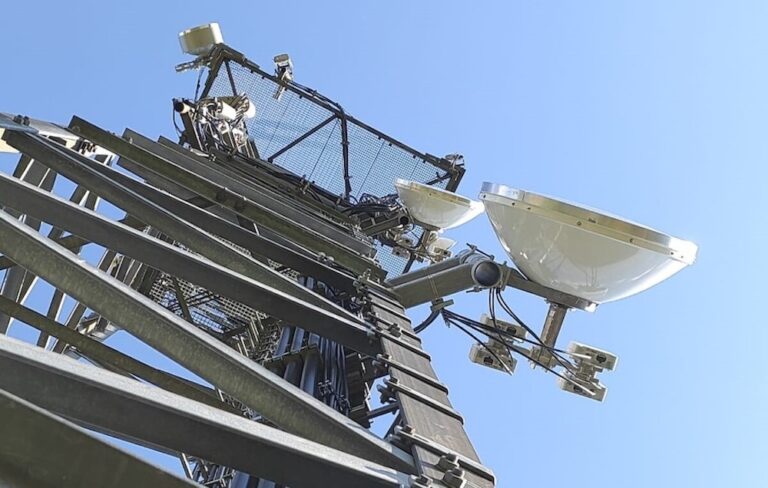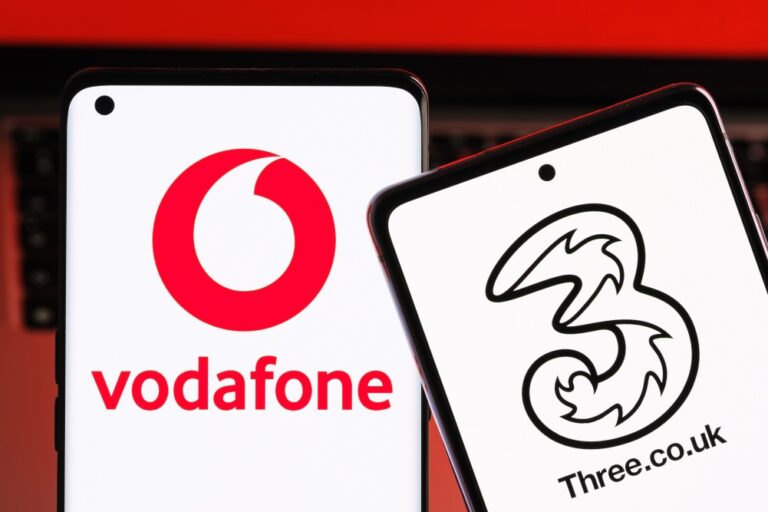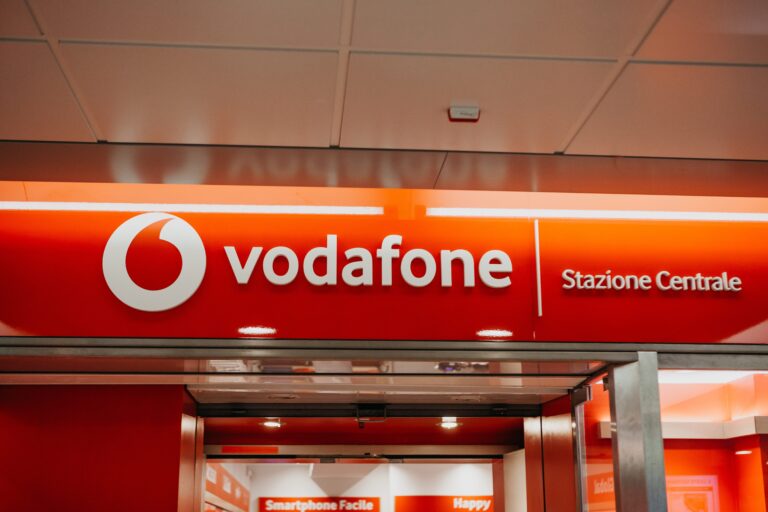L4S enables real-time applications to always enjoy a low latency, no matter how busy the network is
Vodafone’s Fixed Access Centre of Excellence and Nokia’s research arm Nokia Bell Labs have successfully performed the world’s first demonstration of L4S running over PON in Vodafone’s lab in Newbury, UK. Pioneered by Nokia Bell Labs and other collaborators like BT, L4S stands for “Low Latency, Low Loss, and Scalable” throughput. It is an Internet Engineering Task Force (IETF) standard technology that tackles a significant source of peak latency on the Internet: queuing delays. Queuing delay happens when packets wait idly in buffers across the network, for instance in routers and modems, before being forwarded.
Like most IETFs, L4S has been percolating for more than a decade but it is easy to see why operators like the idea of it as it consistently achieves near-zero packet queuing delay, no matter how much load the network experiences. By eliminating queuing delays, L4S removes big variations in latency without compromising network speeds.
Using a replica fibre-to-the-home link serving a standard laptop over a busy wi-fi broadband connection, Vodafone and Nokia Bell Labs measured consistent latencies of 1.05ms at local Ethernet ports running over a fully congested access network (BNG to ONT), and 12.1ms – down from 550ms – when including a fully congested wi-fi link as the final connection. The tests showed extremely low and consistent end-to-end latencies when travelling across every element of the network.
The interesting thing is that L4S can be implemented over any access technology, wireless or wireline, and applied to any latency-dependent application. And that potentially removes the need to do network slicing, depending on the application.
In November, Nokia Bell Labs and enterprise XR solutions company Hololight created a proof of concept demonstrating how L4S could support multiple simultaneous XR users over the same wireless connection without sacrificing performance.
“Vodafone aims to give customers a faster, more responsive, and reliable service unhindered by lag even during peak hours,” said Vodafone head of Fixed Access Centre of Excellence Gavin Young. “L4S is an exciting technology with huge potential to achieve this goal, as well as deliver a more interactive and tactile internet experience for our customers.”
“These highly encouraging results show L4S will unshackle any real-time application that would normally be constrained by high latency,” said Nokia Bell Labs head of Network Systems and Security Research Azimeh Sefidcon. “Videoconferencing, cloud-gaming, augmented reality and even the remote operations of drones would run flawlessly across the internet, without experiencing any significant queuing delays.”
What L4S does differently
Today’s applications try to “sense” what data rate they can send through the network, using congestion-control algorithms that adjust their sending rate based on the number of packets that are dropped and the observed delay in the network. These classic congestion-control algorithms require large buffers and delay in the network to run fluidly. L4S removes the need for big buffers.
Nokia Bell Labs said it invented two of the crucial components to kick off L4S. The TCP-PRIme congestion-control algorithm removed the need for a queue, and the related DualPI2 network concept enabled compatibility with the classic Internet. Nokia Bell Labs subsequently contributed the first open-source implementation of the new congestion-control algorithm, called TCP Prague.
L4S repurposes unused bit combinations in the IP header, the so-called Explicit Congestion Notification or ECN bits, enabling an optimal collaboration between the L4S Prague application on the one hand, and the network on the other. This collaboration avoids queue build-up within the network, reducing network queuing delays to “insignificant near-zero values”.
According to Nokia Bell Labs, L4S also resolves another issue with standard congestion controls. It provides a scalable control signal that can control rates from practically zero up to infinite throughputs. Besides scaling for throughput, L4S also provides the means to make low latency deployments scale toward the whole Internet, as networks don’t need to guarantee the required throughput to support low latency.
Broad support
Nokia said it was the first company to globally demonstrate network support for L4S in a proof-of-concept on its Nokia WiFi beacons back in 2019 during the Broadband World Forum. Since then, L4S has received broad industry support. Apple built beta support for L4S into iOS 16 and macOS Ventura. During its Worldwide Developer Conference in 2022 and 2023, Apple demonstrated to its developer community how they can benefit from the technology.
In 2022, L4S was adopted in 3GPP 5G-Advanced Release 18 to support XR over 5G RAN networks. CableLabs has included L4S in the low latency DOCSIS standard. At the 2022 and 2023 interop-events in Philadelphia, Denver and London, communications and Internet-services giants, including Comcast, Charter, Nvidia, Apple and Google, collaborated to test the end-to-end performance of L4S.












